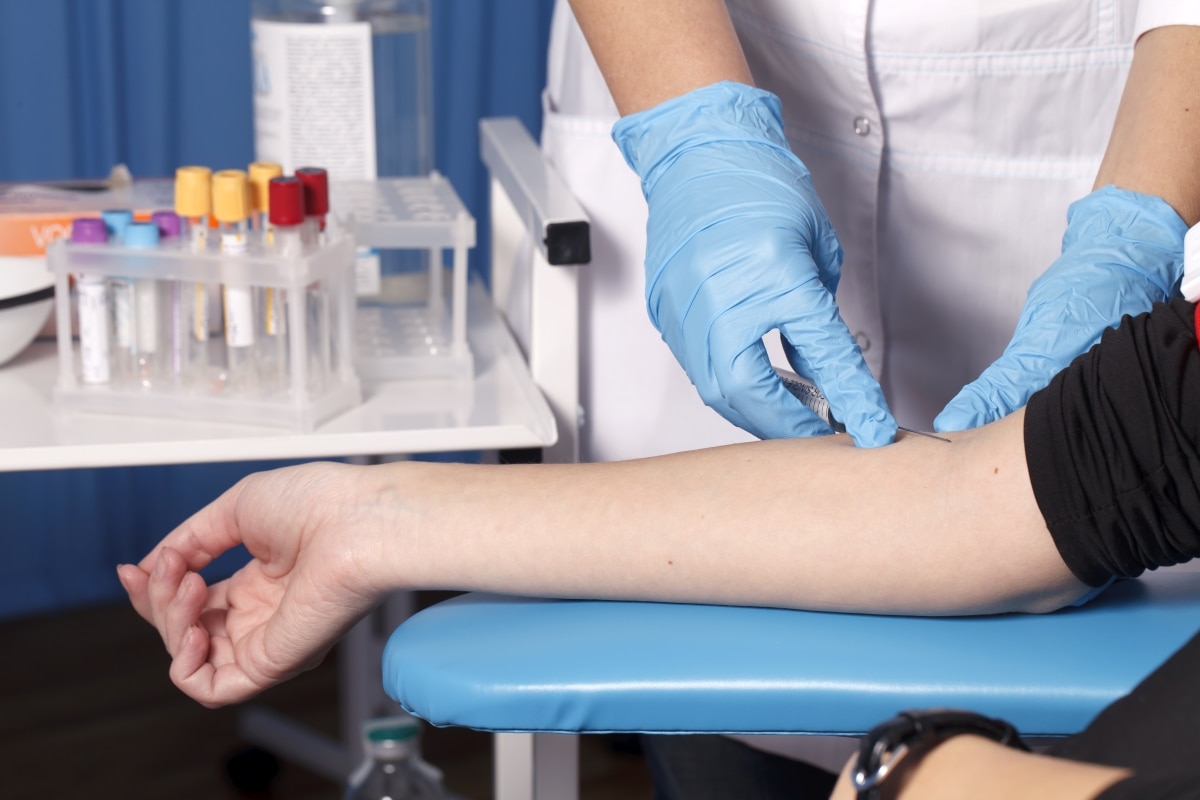Diagnosis of Primary Biliary Cholangitis (Primary Biliary Cirrhosis)
How do doctors diagnose primary biliary cholangitis?
Doctors diagnose primary biliary cholangitis based on your medical and family history, a physical exam, and the results of medical tests.
Medical and family history
Your doctor will ask you about your symptoms. He or she will also ask
- whether you have a history of certain autoimmune diseases
- whether one of your parents or siblings has been diagnosed with primary biliary cholangitis
- whether you have a history of infections and exposure to certain chemicals
Physical exam
Your doctor will examine your body, use a stethoscope to listen to sounds in your abdomen, and tap or press on specific areas of your abdomen. He or she will
- look for yellowing of the whites of your eyes and your skin
- check to see if your liver and spleen are larger than they should be
- check for abdominal tenderness or pain, particularly in the upper-right side of your abdomen
What tests do doctors use to diagnose primary biliary cholangitis?
Blood tests
For a blood test, a health care professional will take a blood sample from you and send the sample to a lab. Your doctor may recommend the following blood tests.
Anti-mitochondrial antibodies (AMA)
Anti-mitochondrial antibodies are found in the blood of about 95% of people with primary biliary cholangitis.4
Liver tests
Liver tests can show abnormal liver enzyme levels, which may be a sign of damage in your liver or biliary tract. Higher-than-normal levels of the liver enzyme alkaline phosphatase occur in people with diseases that destroy or block the bile ducts, such as primary biliary cholangitis.
Your doctor may diagnose primary biliary cholangitis if you have anti-mitochondrial antibodies and higher-than-normal levels of alkaline phosphatase in your blood, even if you have no other signs or symptoms of the disease.
Cholesterol
People with primary biliary cholangitis may have higher-than-normal cholesterol levels.
 Your doctor may recommend blood tests to diagnose primary biliary cholangitis.
Your doctor may recommend blood tests to diagnose primary biliary cholangitis.
Imaging tests
Your doctor may use imaging tests such as x-rays and ultrasounds to help diagnose primary biliary cholangitis by ruling out other causes of bile duct damage, such as gallstones, bile duct strictures, and tumors.
Liver biopsy
During a liver biopsy, a doctor will take small pieces of tissue from the liver. A pathologist will examine the tissue with a microscope. Your doctor may perform a liver biopsy to
- rule out other diseases that may be causing your symptoms
- confirm the diagnosis of primary biliary cholangitis
- determine whether the disease is advanced—as shown by the amount of liver scarring or cirrhosis—or is very active
References
This content is provided as a service of the National Institute of Diabetes and Digestive and Kidney Diseases
(NIDDK), part of the National Institutes of Health. NIDDK translates and disseminates research findings to increase knowledge and understanding about health and disease among patients, health professionals, and the public. Content produced by NIDDK is carefully reviewed by NIDDK scientists and other experts.

